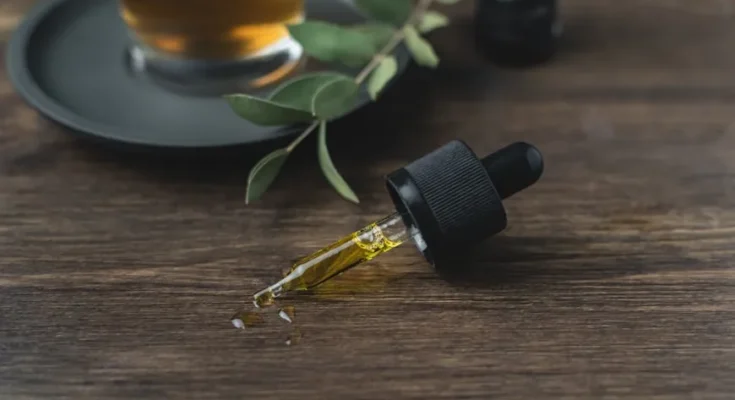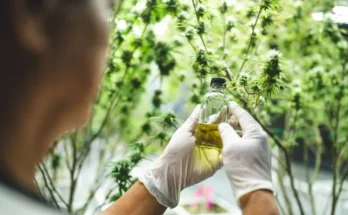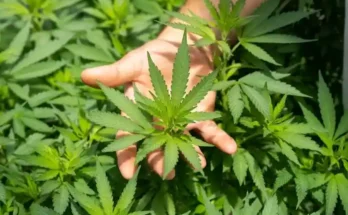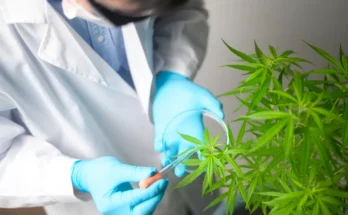What Is CBD?
In a world constantly buzzing with deadlines, distractions, and digital noise, a quiet revolution is taking place—powered not by tech, but by nature. Cannabidiol, more popularly known as CBD, has emerged from the shadows of controversy to stand tall as one of the most talked-about wellness supplements in recent history.
But what exactly is CBD? Derived from the hemp plant, CBD is a naturally occurring compound classified as a cannabinoid. Unlike its infamous cousin THC (tetrahydrocannabinol), CBD doesn’t induce a “high.” Instead, it delivers a more subtle kind of relief—like a deep exhale after a long, chaotic day.
Understanding the Plant Behind the Magic:
CBD comes from Cannabis sativa, the same plant species that produces marijuana. However, there’s a key distinction: CBD is typically extracted from hemp, a variety of cannabis that contains less than 0.3% THC. This means users can tap into the therapeutic properties of the plant without the psychoactive effects.
Thanks to the 2018 Farm Bill in the U.S., hemp-derived CBD became federally legal, opening the door to innovation, research, and a booming marketplace of tinctures, gummies, creams, and more. According to Wikipedia’s overview of CBD, the compound is now widely studied for its medical and wellness potential.
How Does CBD Work?
One of the most fascinating things about CBD is how it interacts with our bodies. It’s not just about applying a balm or taking a dropper of oil; it’s about harmony on a biological level.
- The Endocannabinoid System
CBD works by engaging with the endocannabinoid system (ECS)—a complex network of receptors found throughout the body and brain. The ECS is involved in regulating many critical functions like sleep, mood, appetite, memory, immune response, and even pain sensation. For real-world experiences and discussions, many people share their insights on Quora threads about CBD benefits, where users talk about how it impacts stress, sleep, and recovery.
When CBD enters the body, it doesn’t directly bind to ECS receptors like THC does. Instead, it influences them indirectly, promoting balance, reducing inflammation, and supporting the body’s natural ability to heal and self-regulate.
It’s not magic—it’s biochemistry at its most elegant.
The Benefits of CBD:
CBD is no one-trick pony. Its appeal lies in its versatility. Whether you’re dealing with stress, chronic pain, or sleep issues, CBD might just be your new best friend.
- Stress and Anxiety
One of the most celebrated uses of CBD is for stress and anxiety relief. In an age where mental health challenges are on the rise, many people are turning to CBD as a natural way to calm the mind without relying on prescription medications.
Studies suggest that CBD can help reduce the physical symptoms of anxiety—racing heart, tension, and restlessness—by lowering cortisol levels and promoting serotonin production. The result? A clearer head and a lighter emotional load.
- Pain Relief
CBD has also gained traction among those seeking natural pain relief, especially for conditions like arthritis, fibromyalgia, and chronic back pain. By reducing inflammation and interacting with pain receptors, CBD can offer a gentler alternative to over-the-counter painkillers or opioids.
Many athletes now swear by topical CBD creams and balms to soothe sore muscles and accelerate recovery without the side effects of NSAIDs.
- Sleep Support
Another major win for CBD is its ability to improve sleep. Unlike melatonin, which merely helps signal your brain it’s time for rest, CBD works deeper—targeting the root causes of sleeplessness such as anxiety or pain.
Many users report falling asleep faster, staying asleep longer, and waking up without the grogginess often associated with sleep aids.
How to Use CBD?
One of the biggest hurdles new users face is knowing where to start. The CBD marketplace can feel like a jungle—vapes, oils, edibles, capsules, skincare—where do you even begin?
- CBD Oil/Tinctures
Fast-acting and easy to dose, usually taken sublingually (under the tongue).
- Gummies and Capsules
Great for consistent dosing and long-lasting effects.
- Topicals
Ideal for localized pain and inflammation (e.g., sore joints or skin issues).
- Vapes
Offer the quickest relief but are not recommended for everyone, especially those with lung concerns.
There’s no universal CBD dosage—your ideal amount depends on factors like body weight, metabolism, and the reason you’re taking it. A good rule of thumb? Start with a low dose (e.g., 5–10 mg) and increase gradually until you find your sweet spot.
Debunking the Myths:
Despite CBD’s rise in popularity, confusion still lingers—especially around its legality and effects.
CBD is non-intoxicating. It does not alter your mental state like THC does. In fact, some studies suggest that CBD can actually counteract the psychoactive effects of THC, making it useful for those who want to benefit from cannabis without the “high.”
Thanks to hemp reform laws, CBD derived from hemp (with less than 0.3% THC) is federally legal in the U.S., but state laws can vary. Always check local regulations, especially when traveling.
The Future of CBD:
We are just scratching the surface of what CBD can do. As research continues, we’re beginning to uncover its potential in treating a wide range of conditions—from epilepsy (as seen with the FDA-approved Epidiolex) to PTSD, addiction, and even neurodegenerative diseases like Alzheimer’s.
CBD is no longer just about wellness; it’s becoming a lifestyle. From CBD-infused beverages to skincare and pet products, the industry is evolving at a breathtaking pace. Expect smarter formulations, more transparency, and greater customization as the science matures.
Conclusion:
CBD’s journey from taboo to trendsetter is nothing short of remarkable. More than just a health fad, it represents a shift in how we view healing—not as a quick fix, but as a return to balance, to nature, and to ourselves.
Whether you’re looking to manage stress, ease chronic pain, or simply feel more centered in your day-to-day life, CBD offers a gentle, plant-powered path forward. It’s not about escaping reality—it’s about engaging with it more mindfully, one drop at a time.




